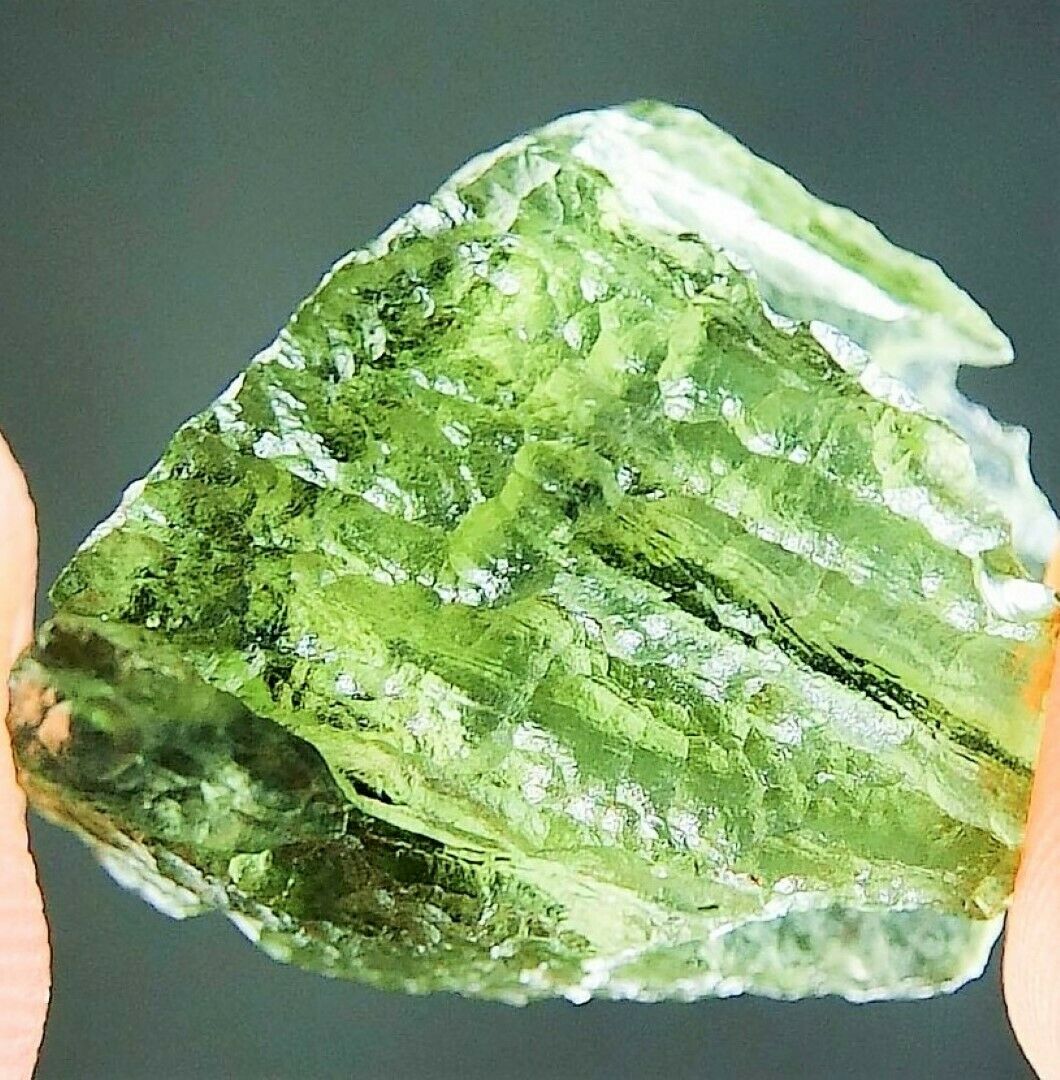-40%
Meteorite**NWA 13902, HED Diogenite**1.161 Grams Gorgeous Endcut! Asteroid4Vesta
$ 0.52
- Description
- Size Guide
Description
Hello up for auction is NWA 13902 classified as a HED Diogenite, orthopyroxene rich. This gorgeous endcut weighs 1.161 Grams, has a nice polish to one side. Microprobe examination of a polished mount shows fragmental breccia with ~95% orthopyroxene. Accessory phases are troilite, chromite, and iron oxide. , very fresh, low weathering and highly shocked. Petrography: (C. Agee,UNM).This is one of my newest classifications, I will have slices available soon. Thanks for your interest and take care, comes with COA card and display case.NASA says: Diogenites are coarse-grained orthopyroxene-rich rocks, generally ~ 90% orthopyroxene, and contain minor amounts of olivine, chromite, plagioclase, clinopyroxene, and opaque minerals such as troilite and metal. Diogenites are commonly brecciated, but there are unbrecciated samples as wellAlthough olivine is typically < 10%, there is a growing group of olivine-rich diogenites that contain up to 50% olivine. These are of great interest to HED meteorite specialists because they may offer insight into the HED mantle, or to one end-member of magmatic evolution that had olivine and orthopyroxene crystallizing together. Many eucrites and diogenites have been metamorphosed such that their pyorxenes and plagioclases have been equilibrated and lost any compositional record of the original igneous zoning (Reid and Barnard, 1979; Takeda and Graham, 1991). In this group are basaltic rocks that have been recrystallized into fine grained granulitic textures, and represent metamorphosed basalts (Yamaguchi et al., 1996, 1997). Diogenites have also experienced thermal metamorphism (e.g., Mori and Takeda, 1981; Yamaguchi et al., 2010) and this must be kept in mind when considering igneous formation models. Nature communications says: The HED meteorites have various mineral assemblages, probably representing materials from different depths of Vesta. Eucrites that consist mainly of pyroxene and plagioclase are thought being derived from the upper crust of Vesta. Diogenites consist mainly of orthopyroxene with or without olivine. They are usually coarse-grained and have Mg/(Mg+Fe) values higher than eucrites, suggesting that they were derived from the lower crust or the mantle of Vesta, based on magma ocean models. Howardites are mechanical mixtures of eucrite and diogenite components, representing materials from the surface of Vesta. As materials from the Vestan interior, diogenites are critical to constraining the internal structure and dynamic evolution of the interior of Vesta and to testing the magma ocean models for Vesta. However, origins of diogenites are still an issue of controversy. The recent magma ocean model claimed that equilibrium crystallization followed by fractional crystallization can produce all of the igneous HED lithologies. However, a few investigations suggested that the large variations in incompatible trace element concentrations among diogenites are difficult to be explained by the magma ocean models Some diogenites contain glassy materials and chemically zoned orthopyroxene, also indicating that the origins of diogenites could be very complex Based on the large variations in incompatible trace element concentrations and the presence of chemically zoned orthopyroxene, a number of investigations suggested that many diogenites were formed through partial melting of the magma ocean cumulates, probably with contamination of melts derived from anataxis of eucritic crust. However, considering the potential effects from post-magmatic metamorphism on the eucrite parent body, terrestrial weathering, and analytical issues, whether partial melting had taken place in Vesta remains an open question
Meteoritical bulletin says :
Name:
Northwest Africa 13902
This is an OFFICIAL meteorite name.
Abbreviation:
NWA 13902
Observed fall:
No
Year found:
2018
Country:
(Northwest Africa)
Mass:
8.74 kg
Northwest Africa 13902
(NWA 13902)
(Northwest Africa)
Purchased: 2018
Classification: HED achondrite (Diogenite)
History
: Reportedly found in the border area between Algeria and Mali in July 2020. Purchased from Ali Hnini.
Physical characteristics
: Three identically appearing stones (8 kg, 238.4 g, 50 0g) found together. All stones have fusion crust. Saw-cut surfaces reveal coarse dark gray-blue grains set in an orange-brown groundmass.
Petrography
: (C. Agee, UNM) Microprobe examination of a polished mount shows fragmental breccia with ~95% orthopyroxene. Accessory phases are troilite, chromite, and iron oxide. No olivine or plagioclase was detected
Classification
: HED diogenite
Specimens
: 22.2 g on deposit at UNM, Matthew Stream holds the 238.4 g and 500 g stones, the main mass is held by a Mauritanian meteorite dealer.
Place of purchase:
Mauritania
Date:
P 2018
Mass (g):
8738
Pieces:
3
Class:
Diogenite
Shock stage:
high
Weathering grade:
low
Ferrosilite (mol%):
25.8±1.5
Wollastonite (mol%):
1.6±0.2
Classifier:
C. Agee, UNM
Type spec mass (g):
22.2
Type spec location:
UNM
Main mass:
Ali Hnini
Comments:
Field name MAS-6; submitted by C. Agee, UNM



















